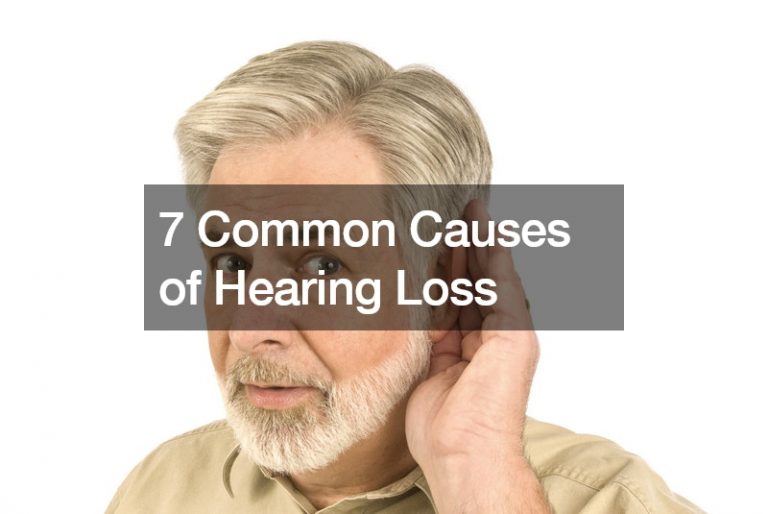• Cavities are permanent damage to teeth that results from enamel breakdown, exposing the softer dentin layer.
• Bacteria, time, lack of fluoride, and sugary foods all play a role in cavities forming.
• Poor oral hygiene habits, a high sugar diet, and insufficient fluoride intake are risk factors for cavities.
• Dental services, sealants, and at-home remedies can help treat and prevent cavities.
Cavities are a growing problem in the U.S. and other countries worldwide. It’s estimated that over 90 percent of adults and children in the U.S. have at least one cavity. Unfortunately, not many people know how cavities happen. Here’s what you need to know about cavities, the risk factors behind them, and how to deal with them.
What are Cavities?
Cavities, also known as dental caries, are permanent damage to your teeth that results in small holes or depressions. When the hard outer layer of your tooth, called enamel, breaks down, it exposes the inner, softer layer of your tooth, called dentin. Plaque can then damage it over time.
How do Cavities Form?
Four main factors contribute to cavities: bacteria, time, fluoride, and sugars. Bacteria naturally live in people’s mouths and form a sticky film called plaque on their teeth. Plaque comprises food debris, saliva, and the bacteria themselves. When you eat sugary or starchy foods, bacteria use these simple carbohydrates as fuel to produce acids. These acids then eat away at your tooth enamel, causing cavities.
Cavities take time to form—it’s not something that happens overnight. The longer plaque and tartar are allowed to build up on teeth, the greater the risk for cavities.
Fluoride is a mineral that helps prevent cavities by making teeth more resistant to acid attacks. You can get fluoride from fluoridated water and specific toothpaste and mouthwashes.
Sugars are simple carbohydrates that the bacteria in plaque use as fuel to produce acids. When these acids come into contact with tooth enamel, they break it down and cause cavities.

Risk Factors For Cavities
Anyone can practically get cavities, but certain risk factors can make others more susceptible. Here’s what you need to know about it.
Poor Oral Hygiene Habits
Poor oral hygiene habits are one of the most common causes of cavities. Failing to brush and floss regularly can cause bacteria to build up on your teeth, leading to tooth decay and cavities. Using incorrect brushing techniques can also increase your risk of cavities, pushing bacteria further into small crevices and grooves between your teeth, making them more challenging to remove.
Diet High in Sugary Foods
A diet high in sugary foods is another significant risk factor for developing cavities. This is because sugary foods feed the bacteria in your mouth, increasing their numbers and ability to produce acid. This acid then erodes tooth enamel, leading to more severe forms of tooth decay, like cavities. Therefore, limiting your consumption of sugary foods and beverages such as candy, soda, and even fruit juices is essential—especially if you already have a cavity or are prone to getting them.
Lack of Fluoride Intake
Fluoride is essential for protecting teeth from decay because it helps strengthen tooth enamel by replacing lost minerals caused by acid erosion. Not enough fluoride in the mouth makes teeth more susceptible to corrosion from acids produced by bacteria feeding sugars from food particles left behind after eating or drinking. Therefore, it’s essential to ensure you get enough fluoride through drinking water or other sources, such as fluoride-containing toothpaste or supplements prescribed by a dentist.
Treating Cavities
You can deal with cavities in various ways besides having healthy oral habits. Here’s what you need to know about it.
Dental Services
Various dental services can help deal with cavities. Affordable cosmetic dentistry can fill the hole with a material that looks and functions like natural tooth enamel. Another option is placing a crown over the damaged area to restore its strength. Various types of crowns can be used for different purposes.

Dental Sealants
Dental sealants are thin coatings that can be applied to the chewing surfaces of back teeth, like molars and premolars. These sealants create a barrier between your teeth and the plaque and bacteria in your mouth. This helps protect them from decay and cavities, keeping your teeth healthy.
At-Home Remedies
At-home remedies can also help treat and prevent cavities. This includes limiting sugary foods, brushing twice daily for two minutes with fluoride toothpaste, flossing daily, and using mouthwash to reduce plaque buildup. Additionally, you should pay regular visits to your dentist for checkups and cleanings.
Cavities can be problematic, but they can be treated and prevented. These tips and treatments can help keep your teeth healthy, reducing the risk of cavities. You can maintain a beautiful smile for years with regular visits to your dentist, good oral hygiene habits, and a healthy diet.






